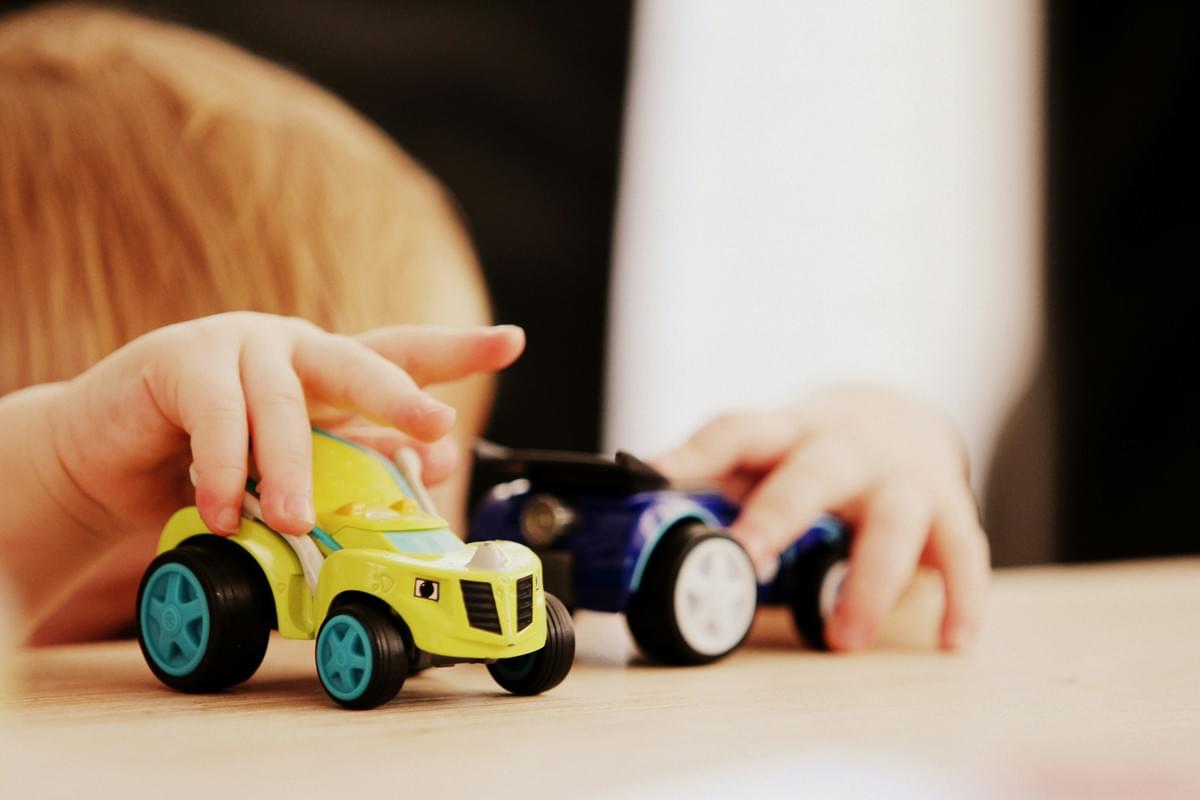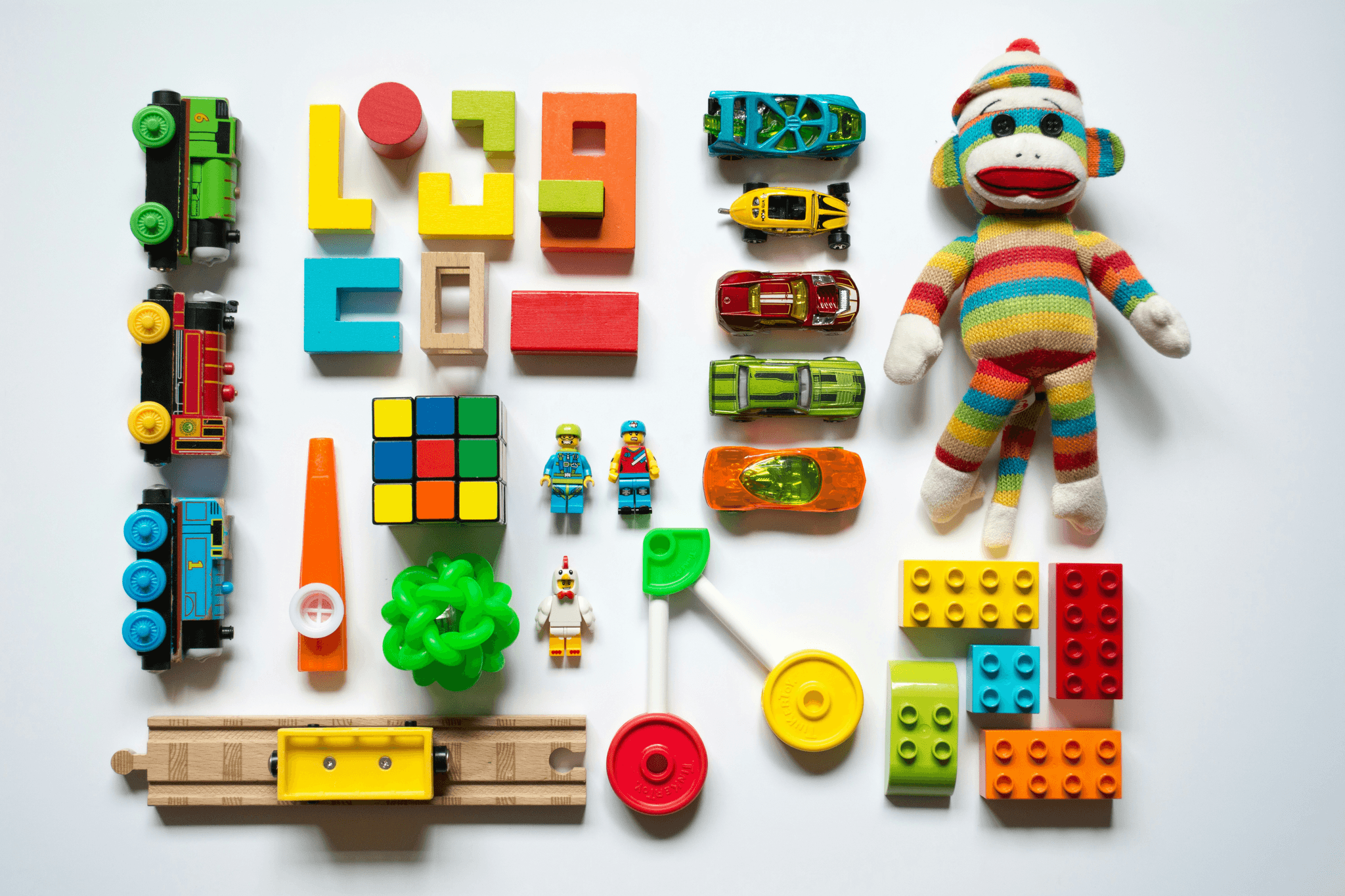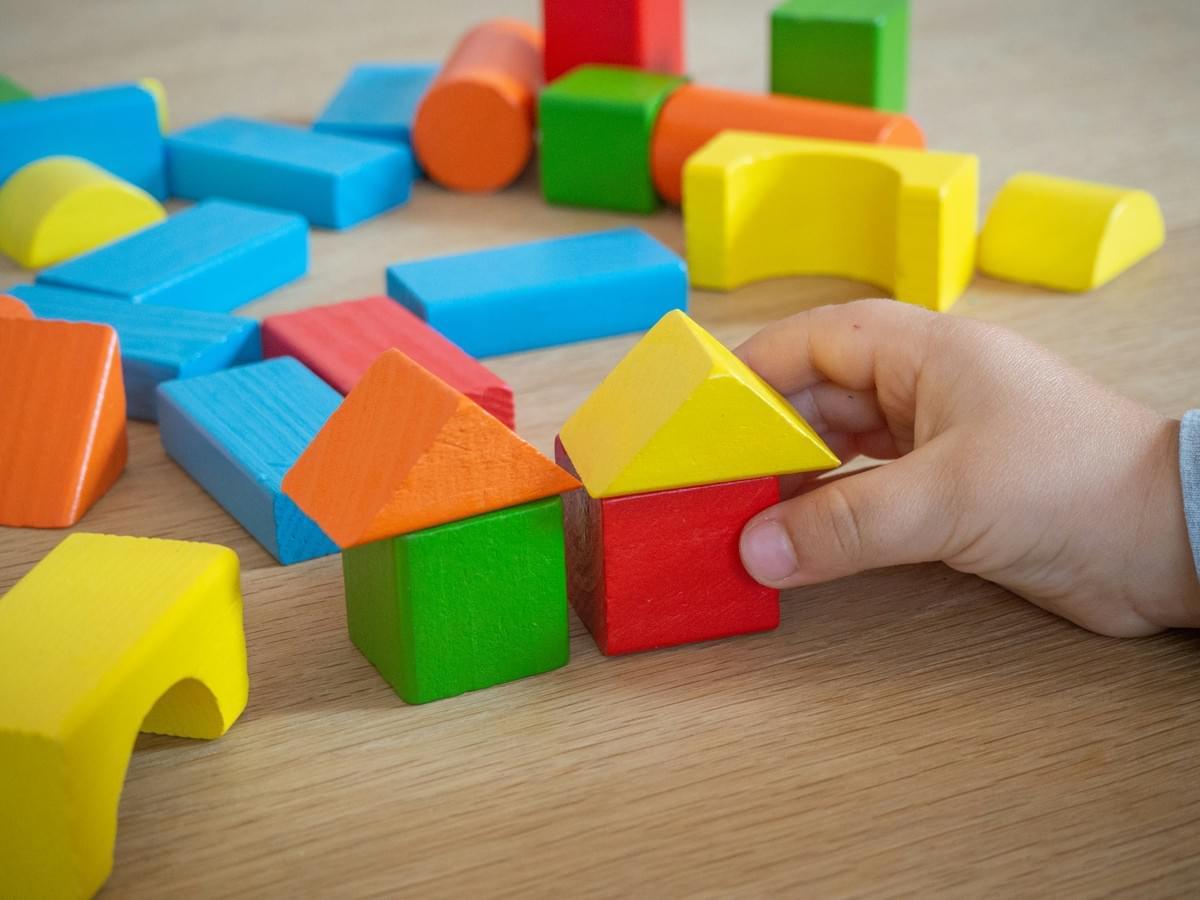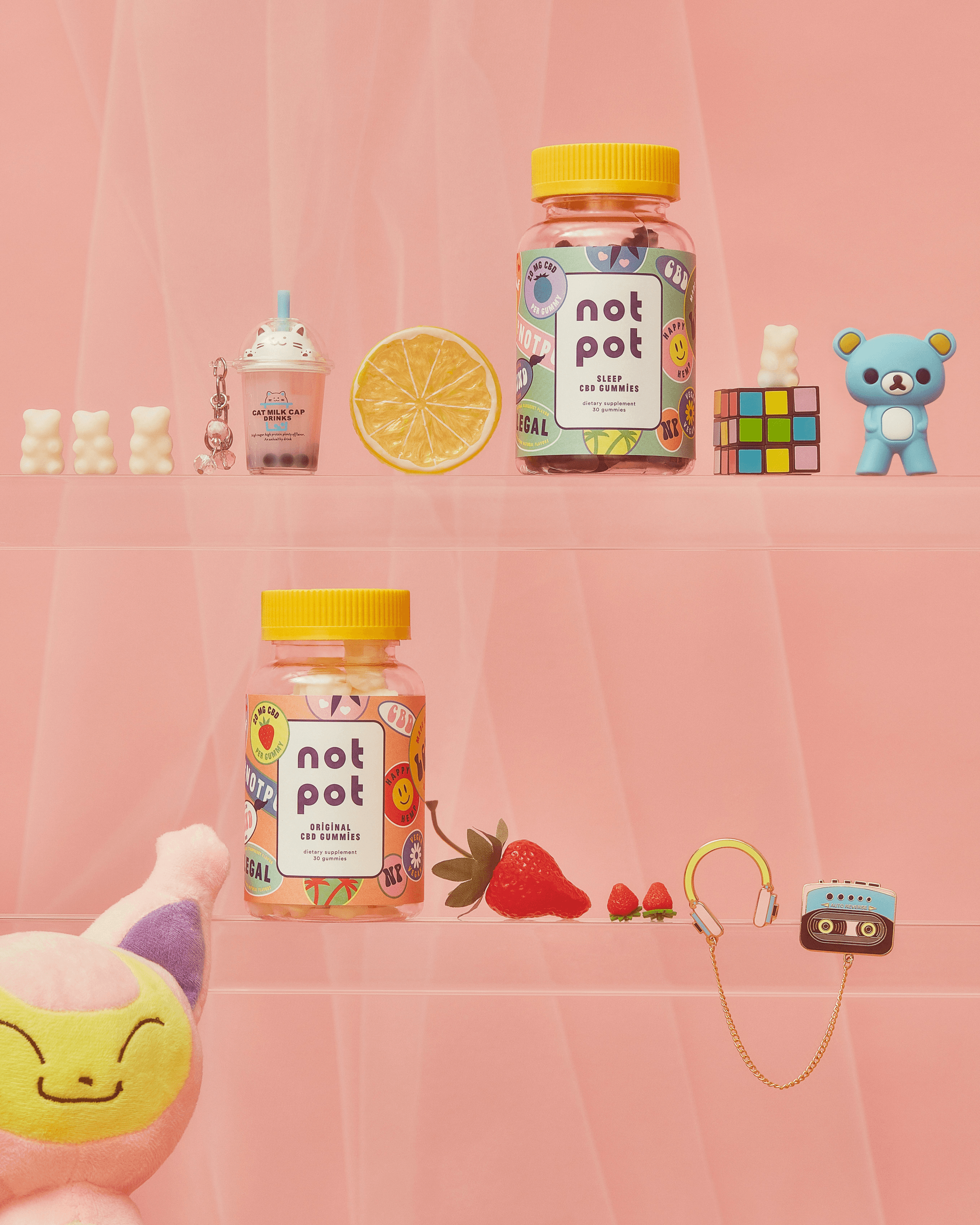Introduction
In a world where playtime and safety go hand in hand, understanding Toy Compliance is crucial for manufacturers looking to enter the European market. The European Toy Safety Directive sets the standard for ensuring that toys are not only fun but also safe for children of all ages. With an array of regulations such as REACH Requirements for Toys and RoHS Requirements for Toys, it’s essential to navigate these complexities effectively.
Understanding Toy Compliance Essentials
Toy Compliance encompasses a variety of standards and regulations designed to ensure that toys meet safety requirements before they reach consumers. This involves understanding key directives like the European Toy Safety Directive, which outlines safety assessments and testing protocols. For manufacturers, grasping these essentials is not just about adhering to laws; it's about fostering trust with consumers who prioritize their children's safety.
The Importance of European Toy Safety
The importance of European Toy Safety cannot be overstated, as it protects children from potential hazards associated with unsafe toys. By complying with established standards, manufacturers can prevent accidents and injuries that could arise from defective products. Moreover, adherence to toy safety regulations enhances brand reputation and consumer confidence in a competitive marketplace.
Overview of Key Toy Regulations
Navigating the landscape of toy regulations can feel overwhelming due to the multitude of rules like REACH Requirements for Toys and RoHS Requirements for Toys that govern materials used in toy production. Additionally, understanding Labeling Rules for Toy Imports to Europe is vital; accurate labeling ensures transparency regarding what goes into each product. Failing to comply with these key regulations can lead to severe consequences, including legal repercussions and damage to brand integrity.
Toy Compliance in Europe

Navigating the world of toy compliance in Europe can feel like walking through a maze filled with regulations and directives. However, understanding these requirements is crucial for ensuring that toys are safe for children and meet legal standards. The European Toy Safety Directive, along with REACH and RoHS requirements, shapes the landscape of toy compliance, making it essential for manufacturers to stay informed.
What is Toy Compliance
Toy compliance refers to the adherence of toys to specific safety standards and regulations set forth by governing bodies. In Europe, this means following guidelines established by the European Toy Safety Directive, which aims to protect children from hazardous materials and unsafe designs. Essentially, toy compliance ensures that products are not only fun but also safe for their intended audience.
Overview of the European Toy Safety Directive
The European Toy Safety Directive (2009/48/EC) is the cornerstone of toy compliance in Europe. This directive outlines essential safety requirements for toys sold within EU member states, covering aspects such as mechanical properties, flammability, chemical composition, and labeling rules for toy imports to Europe. Compliance with this directive is mandatory; it helps ensure that all toys on the market meet stringent safety standards designed to protect children.
Importance of Compliance for Manufacturers
For manufacturers, achieving toy compliance isn't just about ticking boxes; it's about safeguarding their brand reputation and ensuring consumer trust. Non-compliance can lead to severe penalties and legal repercussions under EU law—an expensive mistake no company wants to make! Additionally, adhering to regulations like REACH requirements for toys or RoHS requirements for toys demonstrates a commitment to quality and consumer safety that can enhance a manufacturer’s market position.
Navigating REACH Requirements for Toys

Navigating the maze of REACH requirements for toys can feel like deciphering an ancient script, but fear not! Understanding these regulations is crucial for ensuring toy compliance and safeguarding consumer safety. Let's dive into what REACH entails, the chemicals it covers, and the potential pitfalls of non-compliance.
What Are REACH Requirements
REACH stands for Registration, Evaluation, Authorisation and Restriction of Chemicals, a regulation that governs the use of chemicals in products sold in Europe. For toy manufacturers, this means ensuring that any chemical substances used in toys are registered with the European Chemicals Agency (ECHA) and evaluated for safety. The aim is to protect human health and the environment while promoting innovation in chemical manufacturing—essentially a win-win if you play by the rules!
Key Chemicals Under REACH
Substances like phthalates (used as plasticizers), heavy metals (such as lead and mercury), and certain allergens must be monitored closely due to their potential harmful effects on children. Manufacturers must ensure that these substances are either restricted or used within safe limits to comply with both REACH requirements for toys and broader European Toy Safety Directive standards.
Consequences of Non-Compliance
The repercussions of failing to meet REACH requirements can be severe—think fines, product recalls, or even bans on selling non-compliant toys altogether! Not only do legal risks loom large, but brand reputation also hangs in the balance; consumers today are more aware than ever about safety standards. Additionally, selling non-compliant toys raises significant consumer safety concerns that could jeopardize trust in your brand—something no manufacturer wants on their conscience.
RoHS Requirements for Toys Explained

In the world of toy compliance, understanding the RoHS (Restriction of Hazardous Substances) regulations is crucial for manufacturers aiming to meet the European Toy Safety Directive. This legislation aims to limit the use of specific hazardous materials in electrical and electronic equipment, including toys. By adhering to these regulations, manufacturers can ensure their products are safe for children and compliant with European standards.
Understanding RoHS Regulations
RoHS requirements for toys focus on restricting certain hazardous substances that could pose risks to children's health and safety. The directive limits the use of lead, mercury, cadmium, hexavalent chromium, and several flame retardants in toys that contain electrical components. Compliance with RoHS not only aligns with the European Toy Safety Directive but also enhances a manufacturer's credibility in an increasingly safety-conscious market.
Applicable Materials and Substances
When discussing applicable materials under RoHS requirements for toys, it's vital to recognize that this regulation applies primarily to electronic toys or those containing electrical components. Commonly restricted substances include lead in soldering materials and cadmium in batteries or pigments used in plastic parts. Manufacturers must conduct thorough assessments of their products' materials to ensure they do not exceed permissible levels outlined by RoHS.
Benefits of Complying with RoHS
Complying with RoHS provides several benefits beyond mere adherence to regulations; it enhances brand reputation and consumer trust in toy compliance efforts. By ensuring that toys are free from hazardous substances, manufacturers can significantly reduce legal risks associated with non-compliance while promoting consumer safety concerns as a priority. Ultimately, compliance leads to better marketability within Europe since retailers often prefer stocking products that meet stringent safety standards.
Labeling Rules for Toy Imports to Europe

Accurate labeling helps consumers make informed choices and reinforces trust in the brand. Moreover, compliance with the European Toy Safety Directive hinges on clear and precise information being readily available.
Importance of Accurate Labeling
Accurate labeling serves multiple purposes in the realm of Toy Compliance, particularly under the European Toy Safety Directive. It provides essential information about the toy’s safety standards, materials used, and usage instructions, which are crucial for consumer protection. Furthermore, compliance with labeling rules can prevent costly recalls or legal issues associated with The Dangers of Selling Non-Compliant Toys.
The significance doesn’t stop there; accurate labels also enhance brand reputation by showcasing a commitment to quality and safety. This is especially vital for manufacturers navigating complex regulations like REACH Requirements for Toys and RoHS Requirements for Toys. In an age where consumers are more aware than ever about product safety, failing to label correctly can lead to distrust and lost sales.
Key Information That Must Be Displayed
When importing toys into Europe, certain key information must be clearly displayed on labels as part of adherence to Toy Compliance standards. This includes the manufacturer's name and address, age recommendations, warning labels regarding potential hazards, and compliance marks such as CE marking indicating conformity with EU regulations. Additionally, if any specific chemicals regulated under REACH Requirements for Toys are present in the toy’s construction or packaging materials, this must be disclosed.
Labels should also indicate whether a toy meets RoHS Requirements for Toys concerning restricted substances like lead or mercury. Clear communication of this information not only protects consumers but also sets manufacturers apart as responsible players in the marketplace. Failing to include any of these details could result in non-compliance penalties or reputational damage that could take years to recover from.
Common Labeling Mistakes to Avoid
One prevalent issue is omitting crucial safety warnings or mislabeling age appropriateness; both can expose children to risks and lead directly into The Dangers of Selling Non-Compliant Toys territory.
Another frequent error involves incorrect translations or unclear language on labels; ensuring that all text is easily understandable across different languages is essential in a diverse market like Europe. Finally, neglecting updates based on changing regulations—such as those related to REACH Requirements for Toys or RoHS Requirements for Toys—can render previously compliant products non-compliant overnight.
In summary, meticulous attention must be paid not just during production but throughout the lifecycle of toy products when it comes to labeling rules for toy imports into Europe.
The Dangers of Selling Non-Compliant Toys

When it comes to the world of toys, compliance isn't just a box to tick; it's a lifeline for businesses. The European Toy Safety Directive sets stringent standards that manufacturers must adhere to, and failing to comply can lead to serious repercussions. Legal risks and penalties are not just theoretical; they can manifest as fines, product recalls, or even bans from the market.
Legal Risks and Penalties
Selling non-compliant toys is like playing with fire—eventually, you're going to get burned. The legal landscape surrounding toy compliance in Europe is rigorous, with laws designed to protect consumers from harmful products. Manufacturers found in violation of the European Toy Safety Directive may face severe penalties including hefty fines and legal action that could cripple their operations.
Moreover, regulatory bodies have the authority to enforce recalls on non-compliant toys, which can be financially devastating for companies involved. In addition, repeated violations may lead to more stringent scrutiny from authorities in the future, making it increasingly difficult for manufacturers to navigate compliance waters. Thus, understanding REACH requirements for toys and RoHS requirements for toys becomes crucial—not just for avoiding penalties but also for maintaining operational viability.
Impact on Brand Reputation
Brand reputation is everything in today’s competitive market; one slip-up can tarnish years of hard work. When consumers hear about a toy recall due to safety violations or non-compliance with labeling rules for toy imports to Europe, their trust in that brand plummets instantly. Rebuilding a damaged reputation takes time and resources that many companies simply cannot afford.
Additionally, negative press surrounding non-compliance issues can deter retailers from carrying your products altogether. If your brand becomes synonymous with unsafe toys or regulatory failures, you might find yourself struggling against competitors who prioritize toy compliance and consumer safety. In an age where online reviews can make or break a business overnight, ensuring adherence to regulations like the European Toy Safety Directive is not just smart—it's essential.
Consumer Safety Concerns
At the heart of all these regulations lies a fundamental concern: consumer safety. Non-compliant toys pose significant risks not only legally but also ethically; after all, children are often the end users of these products. When manufacturers neglect REACH requirements for toys or fail to meet RoHS requirements for toys, they jeopardize children's health by potentially exposing them to hazardous materials.
Parents today are more informed than ever and will likely choose brands that prioritize safety over those associated with scandals or recalls involving non-compliance issues. If you think about it: every time a child plays safely with compliant toys, it reflects positively on the manufacturer’s commitment to quality—something that cannot be said if those same toys were found lacking in safety standards! Therefore, addressing consumer safety concerns should always be at the forefront of any company's strategy regarding toy compliance.
Conclusion
In the ever-evolving landscape of toy manufacturing, achieving Toy Compliance is not just a regulatory checkbox; it’s a commitment to safety and quality. Manufacturers must navigate a maze of regulations, including the European Toy Safety Directive, REACH Requirements for Toys, and RoHS Requirements for Toys. By understanding these frameworks, businesses can protect themselves from legal repercussions while ensuring that their products are safe for children.
Strategies for Achieving Toy Compliance
To ensure successful Toy Compliance, manufacturers should adopt a proactive approach that integrates compliance into their product development lifecycle. This includes conducting thorough risk assessments to identify potential hazards and ensuring adherence to the European Toy Safety Directive from the outset. Moreover, implementing rigorous testing protocols can help detect issues related to REACH Requirements for Toys and RoHS Requirements for Toys before products hit the market.
Another effective strategy is to create a comprehensive compliance plan that outlines specific steps required at each stage of production. This plan should address labeling rules for toy imports to Europe as well as documentation needed to demonstrate compliance with applicable regulations. Regular training sessions can also keep teams informed about best practices and emerging standards in toy safety.
Partnering with Quality Inspection Experts
Collaborating with quality inspection experts can significantly enhance a company's ability to achieve Toy Compliance efficiently and effectively. These professionals possess specialized knowledge regarding the latest requirements under the European Toy Safety Directive and can provide invaluable insights into navigating REACH Requirements for Toys and RoHS Requirements for Toys. By leveraging their expertise, manufacturers can avoid common pitfalls that lead to non-compliance.
Quality inspectors also play a crucial role in verifying that toys meet labeling rules for toy imports to Europe, ensuring all necessary information is clearly displayed on packaging. Their involvement not only reduces risks associated with selling non-compliant toys but also fosters consumer trust in your brand's commitment to safety. Ultimately, partnering with these experts allows manufacturers to focus on innovation while maintaining compliance.
Staying Updated on Regulatory Changes
The world of toy safety regulations is dynamic; thus, staying updated on regulatory changes is essential for maintaining Toy Compliance over time. Manufacturers should subscribe to industry newsletters or join relevant associations that provide timely updates on modifications in the European Toy Safety Directive or changes in REACH Requirements for Toys and RoHS Requirements for Toys. This proactive stance helps businesses adapt quickly while avoiding costly penalties associated with outdated practices.
Regularly reviewing internal processes against current regulations ensures ongoing alignment with labeling rules for toy imports to Europe as well as other critical compliance measures. Additionally, establishing an internal team dedicated solely to monitoring regulatory developments can enhance responsiveness when new guidelines emerge or when existing ones are revised significantly. This vigilance not only protects your brand but also prioritizes consumer safety amidst an ever-changing landscape.
